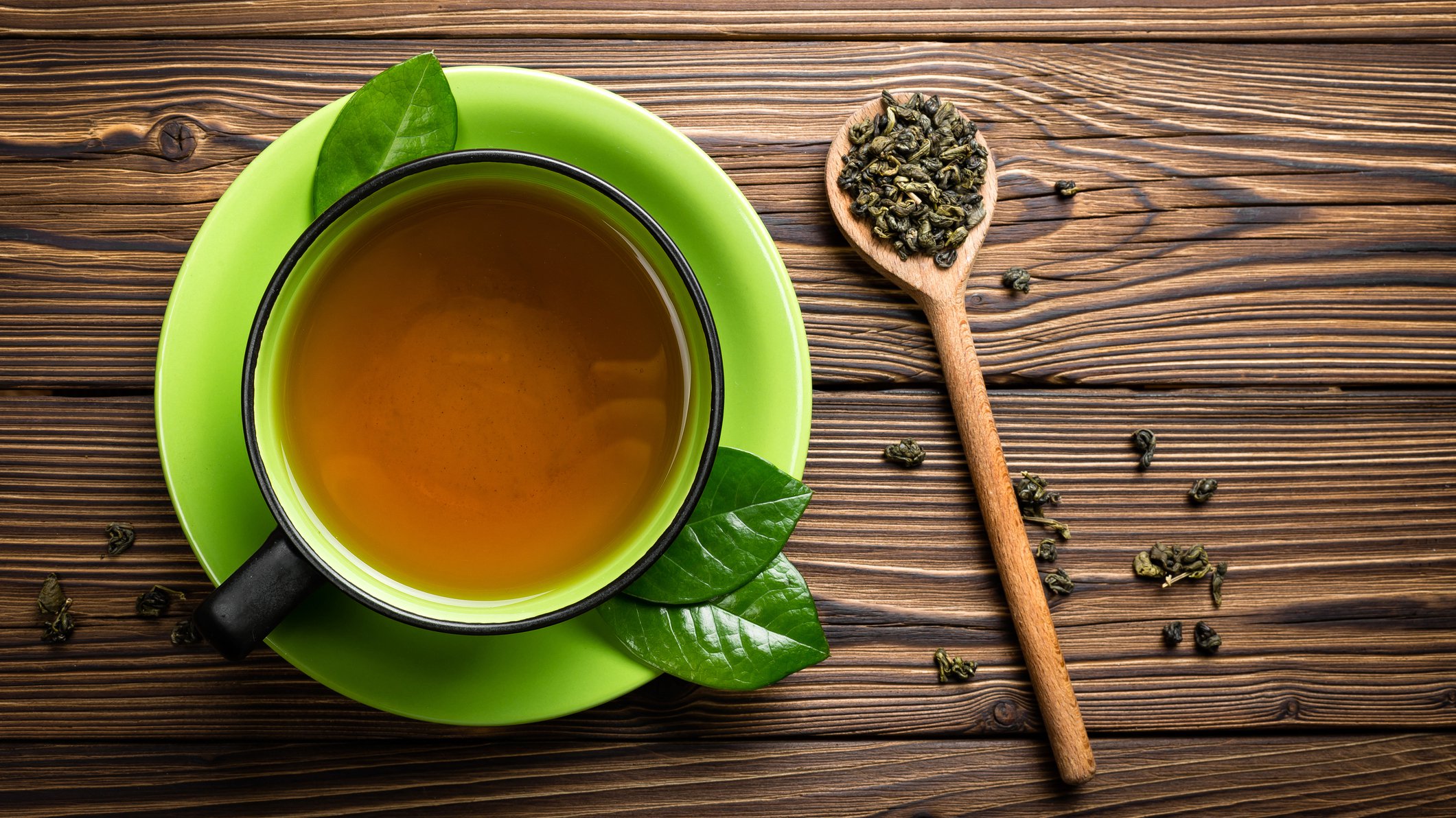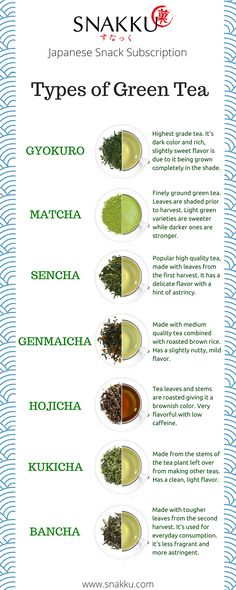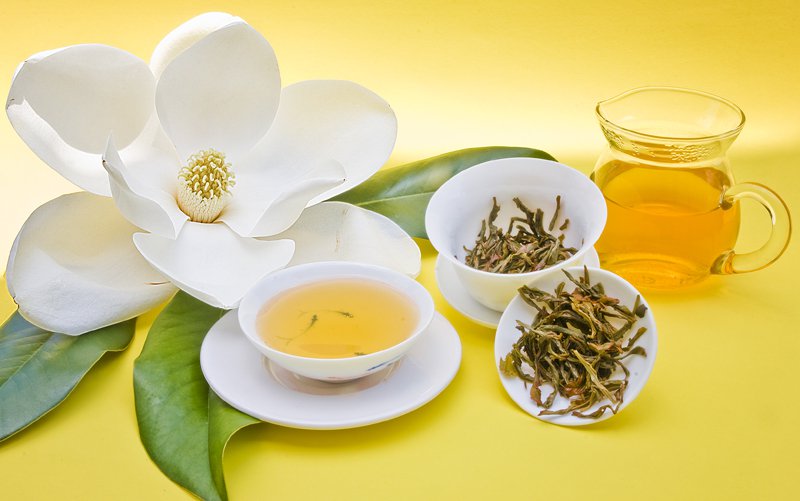4 Types of Green Tea and Their Health Benefits

The world of tea offers something for everyone, depending on your taste, mood, and health goals. All true tea comes from the tea plant Camellia sinensis. That’s right, black tea, green tea, white tea, and oolong tea all come from the same plant—everything else is technically a tisane! What makes them so unique in look and taste is the way they are grown, harvested, and prepared.
And while all contain antioxidant, antibacterial, anti-inflammatory, and antiviral benefits due to their shared catechin polyphenol, antioxidant content, each type contains its own individual benefits, which can help you better decide which will be your go-to choice.
Dr. Will Cole, leading functional-medicine expert share insight into the variety of Green Tea which he calls : the grounder.
It is definitely the most popular, right now. While harvested later than white tea, green tea does not go through the same oxidation process that oolong and black tea go through. Like white tea, this allows for some of the highest levels of catechins, specifically the uber-beneficial compound epigallocatechin gallate (EGCG).
It’s been shown in a number of exciting studies to be extremely powerful in a number of issues:
- Boosts metabolism
- Improves the skin
- Slows down aging
- Decreases cancer growth
- Improves brain function
- Protects from brain diseases
- Reduces heart disease risk
- Reverses diabetes
- Decreases inflammation through boosting pro-antioxidant Nrf2 pathways and decreases pro-inflammatory activity.
Green tea is a fun part of the kingdom. Like all the varieties of beer or wine, green tea comes in different forms that each can have their own individual taste and array of nutrients. Here’s how the different green teas rank:

Matcha:
Matcha is a green powder made from a specific kind of green tea leaf. Unlike many other green teas, plants used for matcha are first covered and grown in the shade for weeks upon weeks before they are harvested, resulting in boosted chlorophyll levels, which gives it the bright green color it is known for. Then the leaves are dried and ground into powder. Matcha has one of the highest concentrations of EGCG of all green teas, up to three times more than a typical sencha!
Sencha:
Sencha is brewed by infusing the whole tea leaves in water to produce a very mild and pleasant taste. Harvested early on in the season, sencha is made from some of the most flavorful top leaves. It’s no wonder that this is the most popular tea in Japan.
Gyukuro:
Similar to sencha, the biggest difference is that the leaves are also shade grown just like matcha versus in the sun, which results in a stronger, more intense flavor. Gyokuro is also touted as having the highest EGCG levels.
Sancha:
More bitter in taste, bancha has the lowest caffeine content of all green tea varieties. It is harvested from the same tree as sencha but later in the season, making it one of the cheapest, most commonly found green teas out there.
The bottom line? All tea is super healthy, so choose based on your personal goals and flavor preferences.
As with the importance of what’s in teas, it is just as important about what is not in teas.
Says Julie Graves-LaForge an Independent Sipologist with Sipology by Steeped Tea (who are members of the Ethical Tea Partership). The ETA is a community of tea producers that meet international social standards. They practice safety and opportunity for tea workers and their communities. They strive to improve tea producers’ sustainability; protecting soil, water, ecosystems and wildlife. They provide education and training around good practice tea farming.
To Learn More about Sipology by Steeped Tea visit http://mysteepedteaparty.com/myuniquepartea
MORE ABOUT TEA BENEFITS
This is what happens when you give up coffee for matcha.
Portion of this article originally appeared at the site of
William Cole, D.C., IFMCP Functional Medicine Practitioner https://www.mindbodygreen.com/articles/the-healthiest-types-of-tea.







